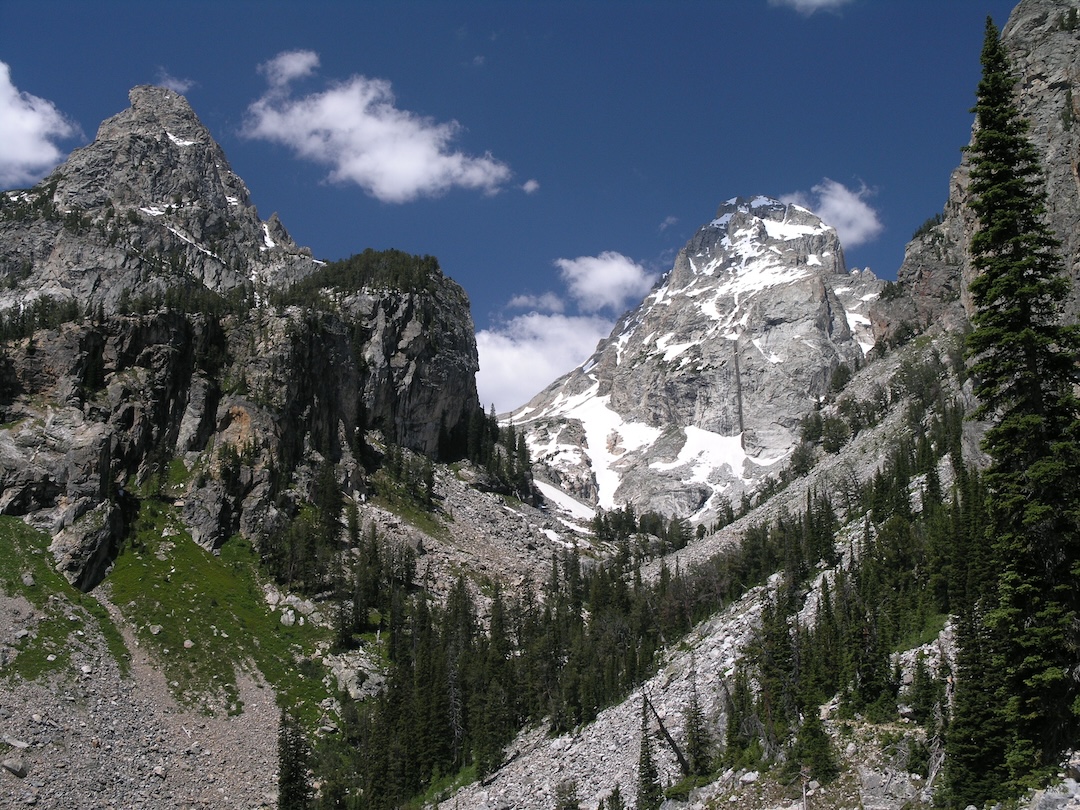High Altitude Illness
Wyoming, Grand Teton National Park, Lower Saddle and Garnet Canyon

On July 17, a 22-year-old female climber was unable to descend under her own power from the Lower Saddle (11,600 feet). The primary cause of her nonambulatory status was fatigue brought on by high altitude illness (HAI). Climbing rangers assessed and treated the patient and allowed her to rest. Following these interventions, the climber was able to continue her descent approximately eight hours later without incident.
A week later, on July 24, a 66-year-old female was evacuated by helicopter from Garnet Meadows (9,280 feet) in Garnet Canyon. This guided client was assessed by both her guides and NPS rangers, who concluded this was likely HAI. After helicopter transport to Lupine Meadows, the sick patient was transferred to an ambulance and taken to the local hospital for further observation.
ANALYSIS
Although less common in the Teton Range than on Mt. McKinley, Mt. Rainier, and other summits, HAI affects some climbers in the range every climbing season. These two incidents highlight the need to monitor oneself and also one’s climbing partners for signs and symptoms of HAI. A safe maxim is to discontinue ascent whenever the possibility exists. Refer to the 2024 edition of ANAC for a comprehensive write-up on the assessment, treatment, and prevention of HAI. (Source: Grand Teton National Park Search and Rescue Report.)

